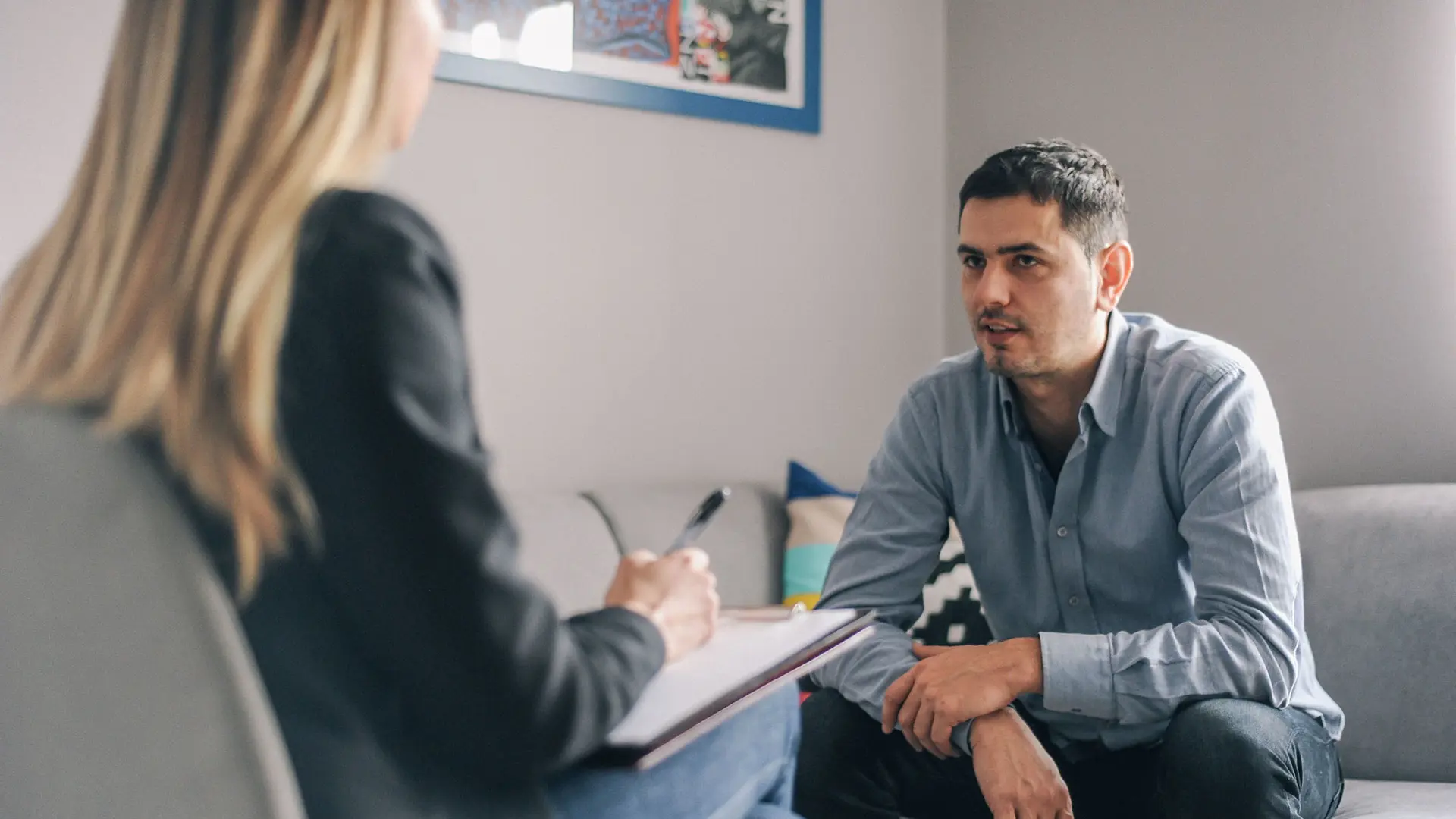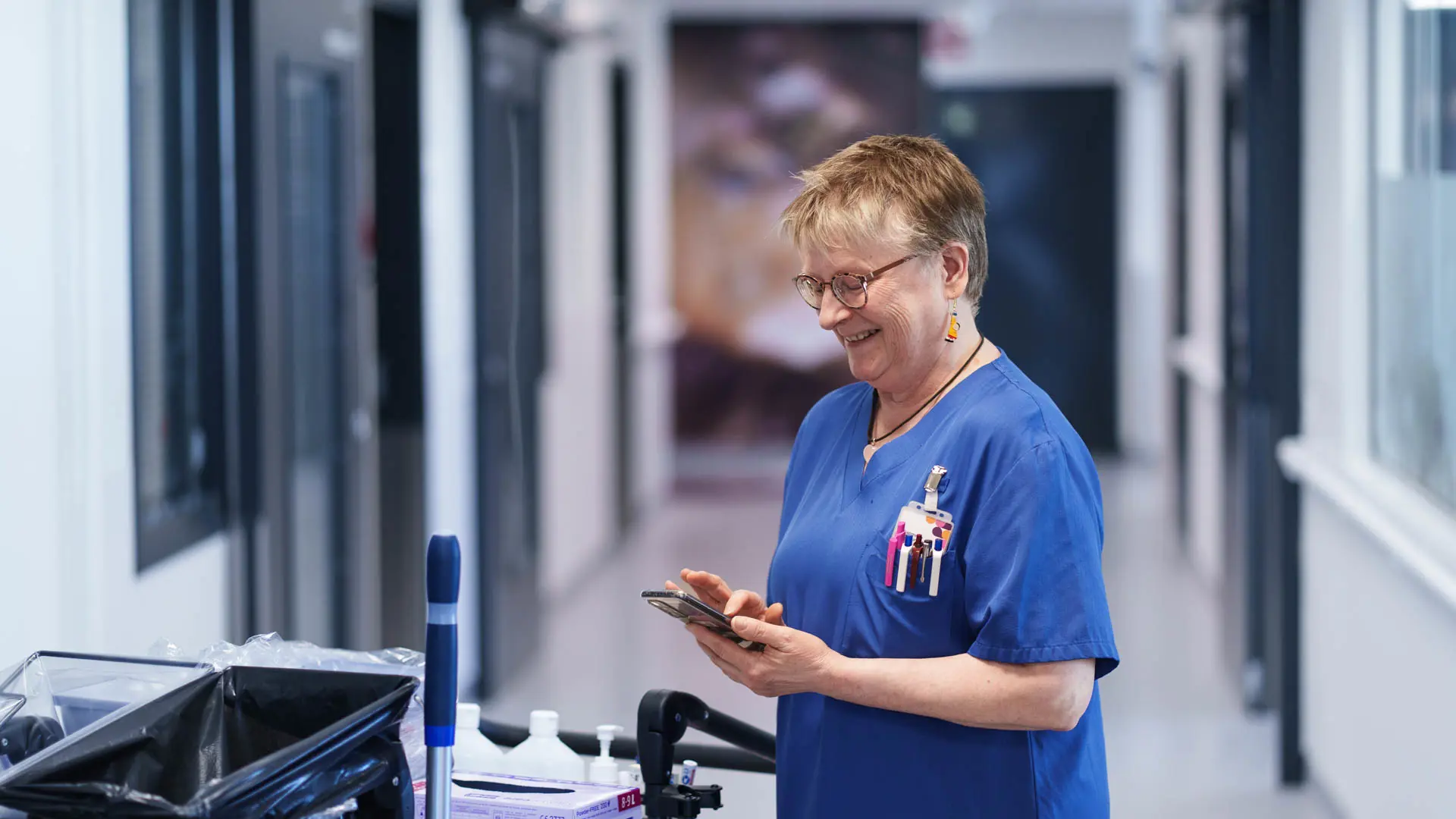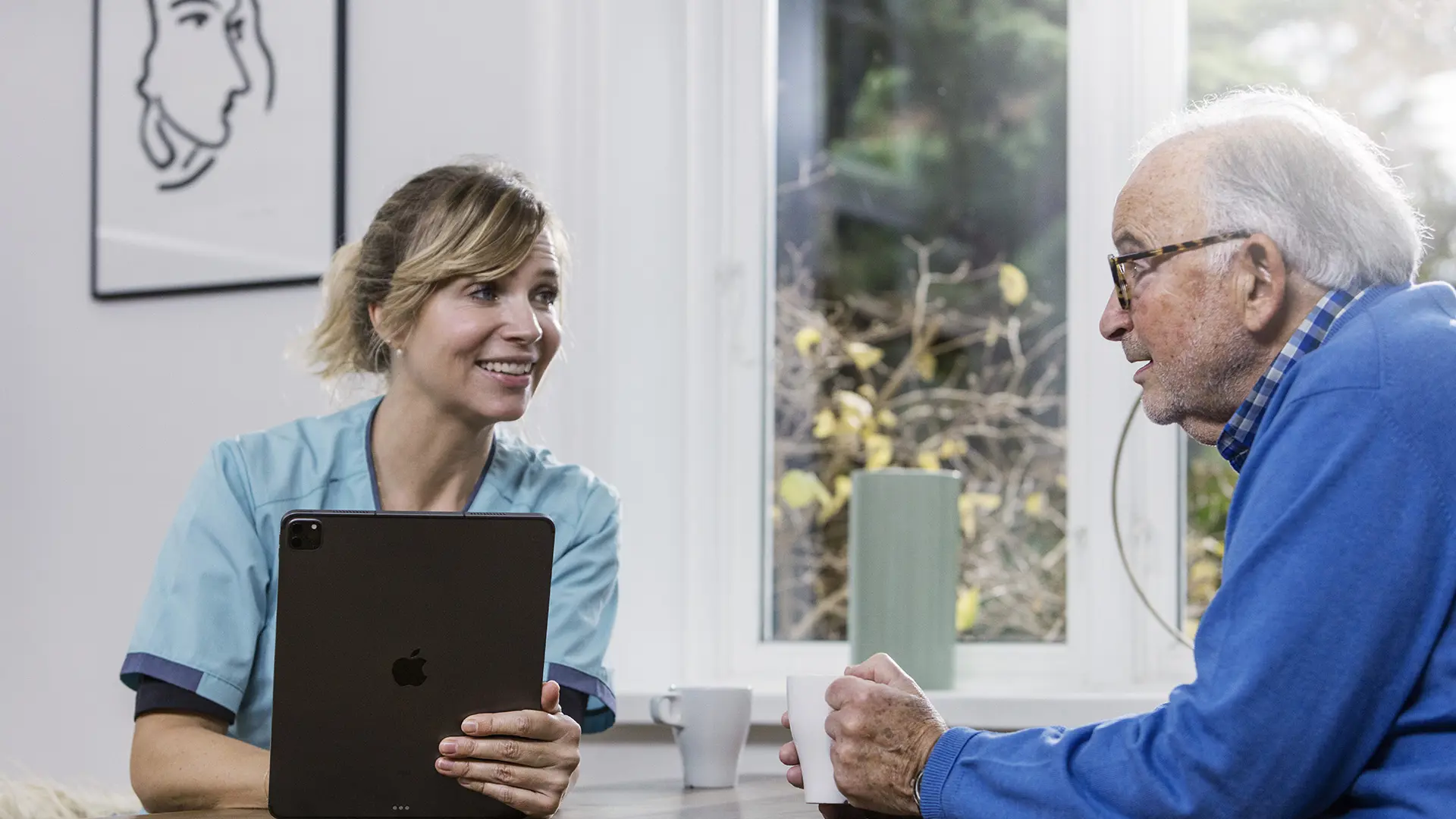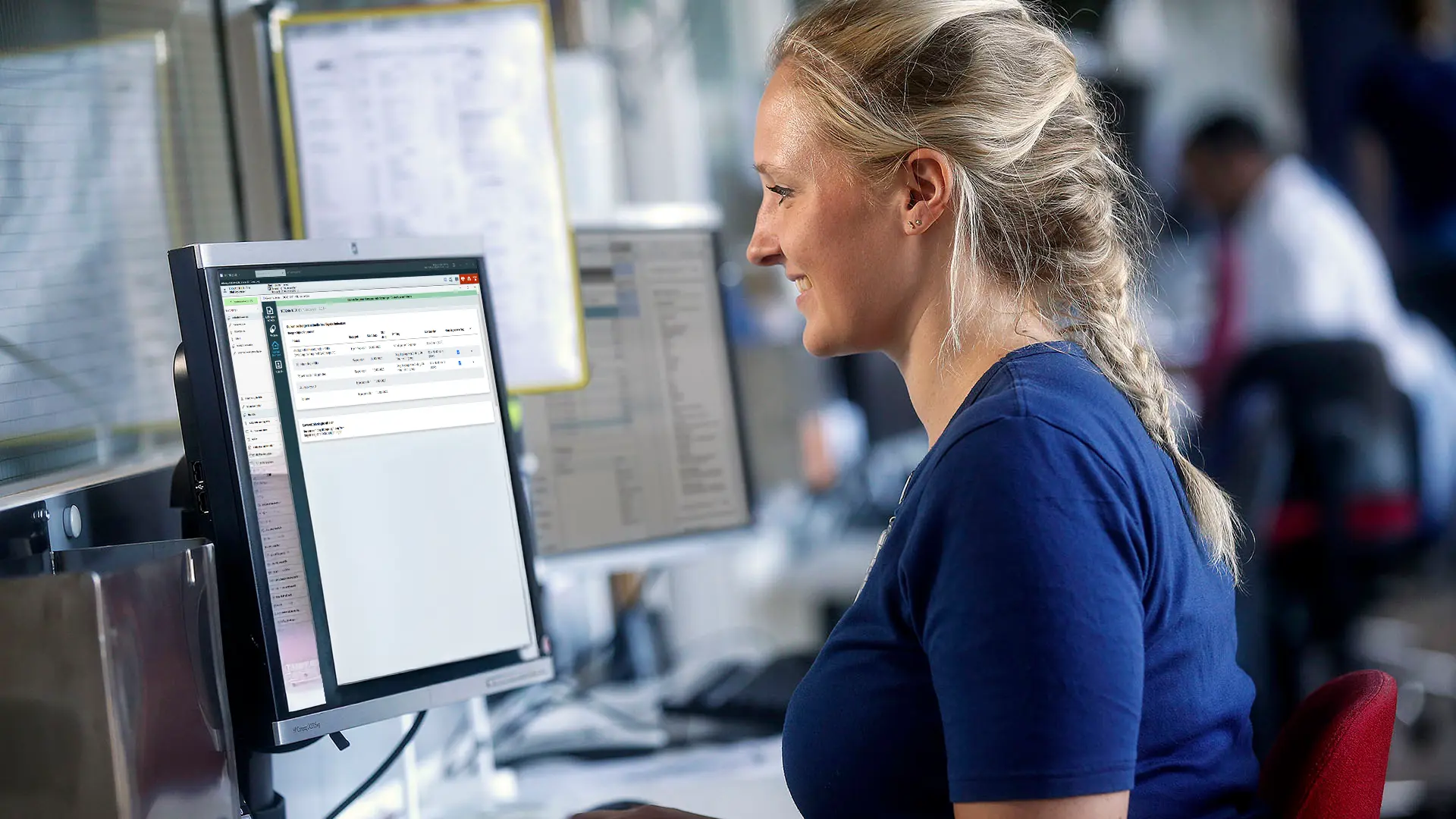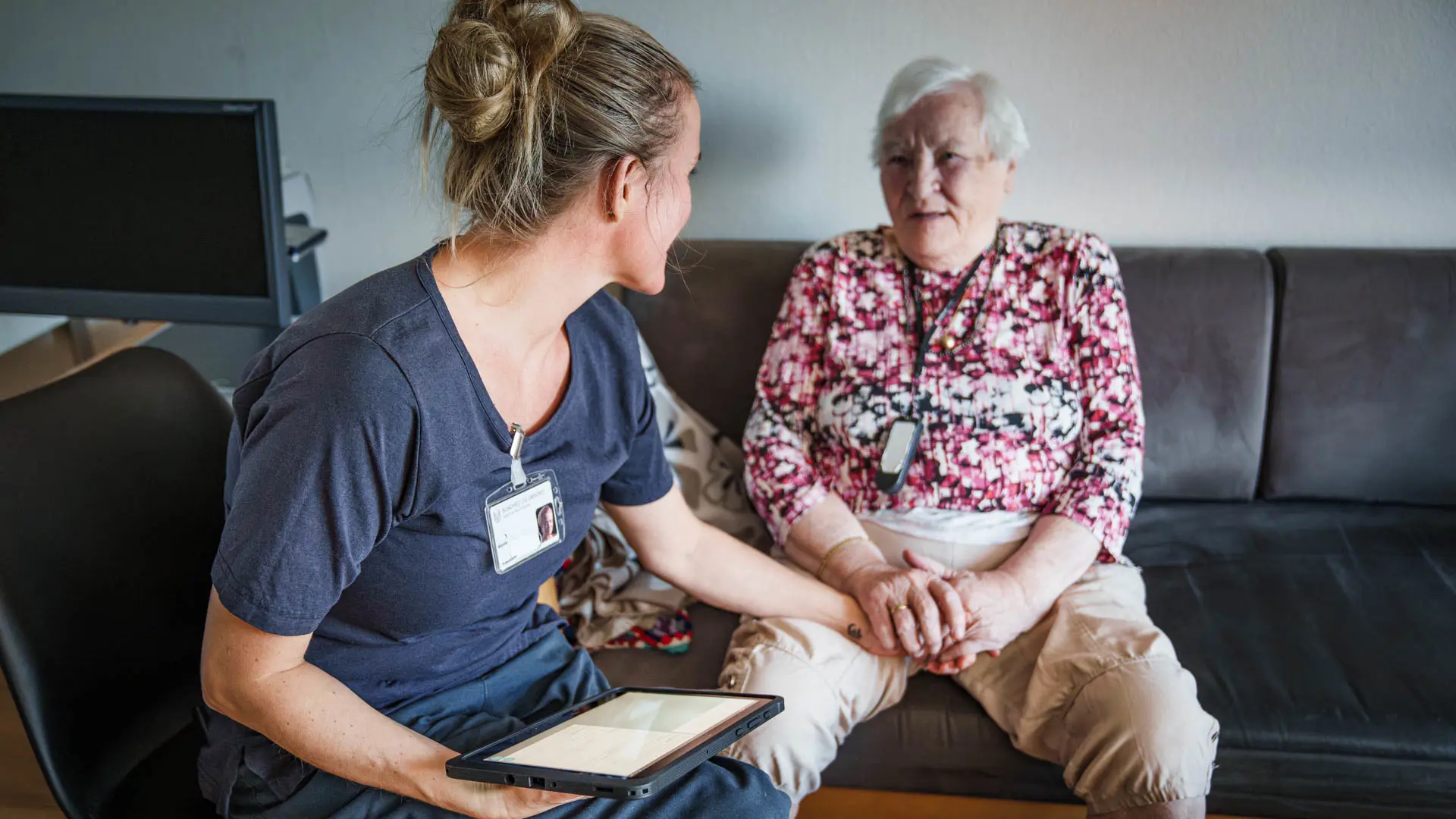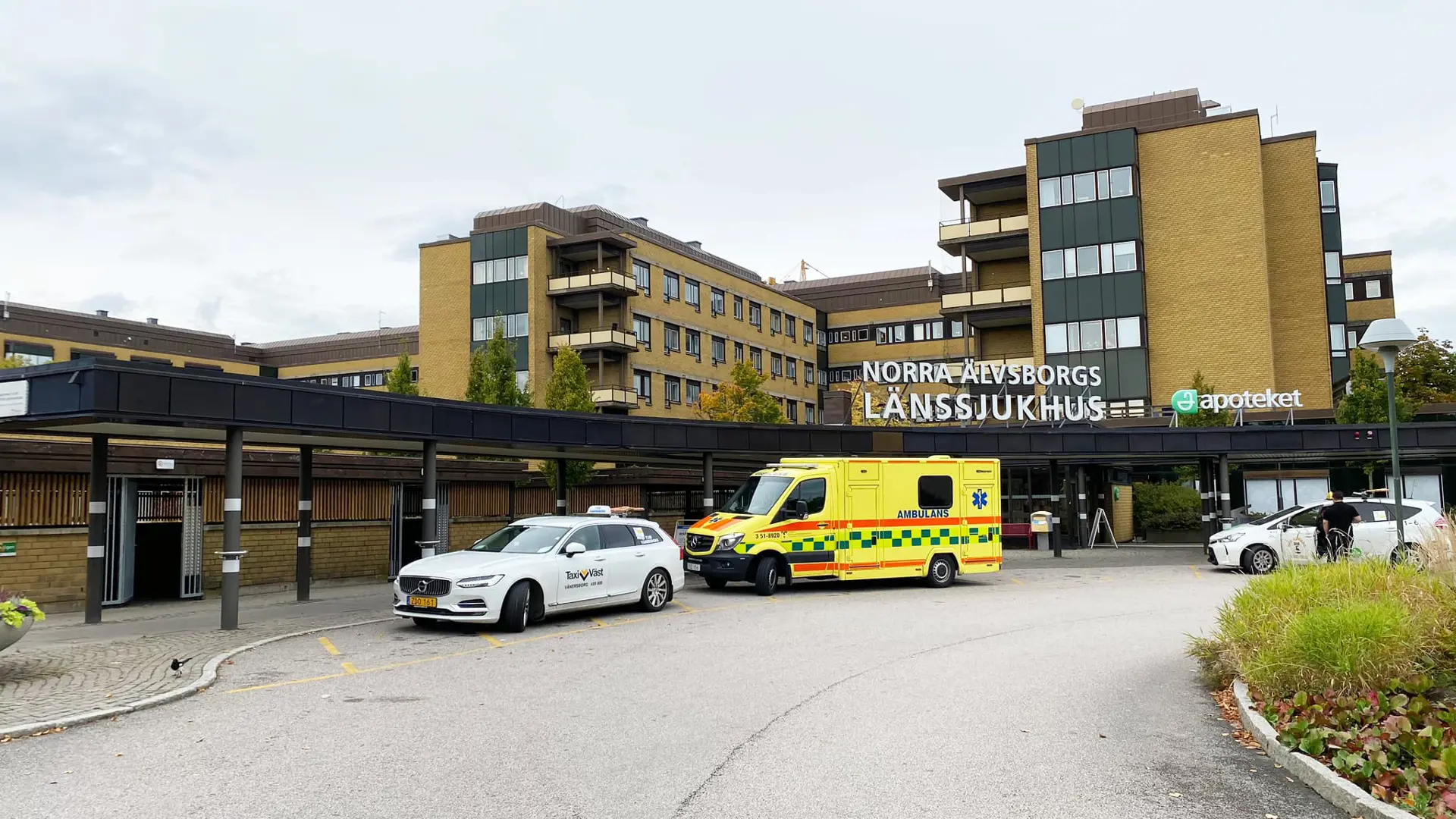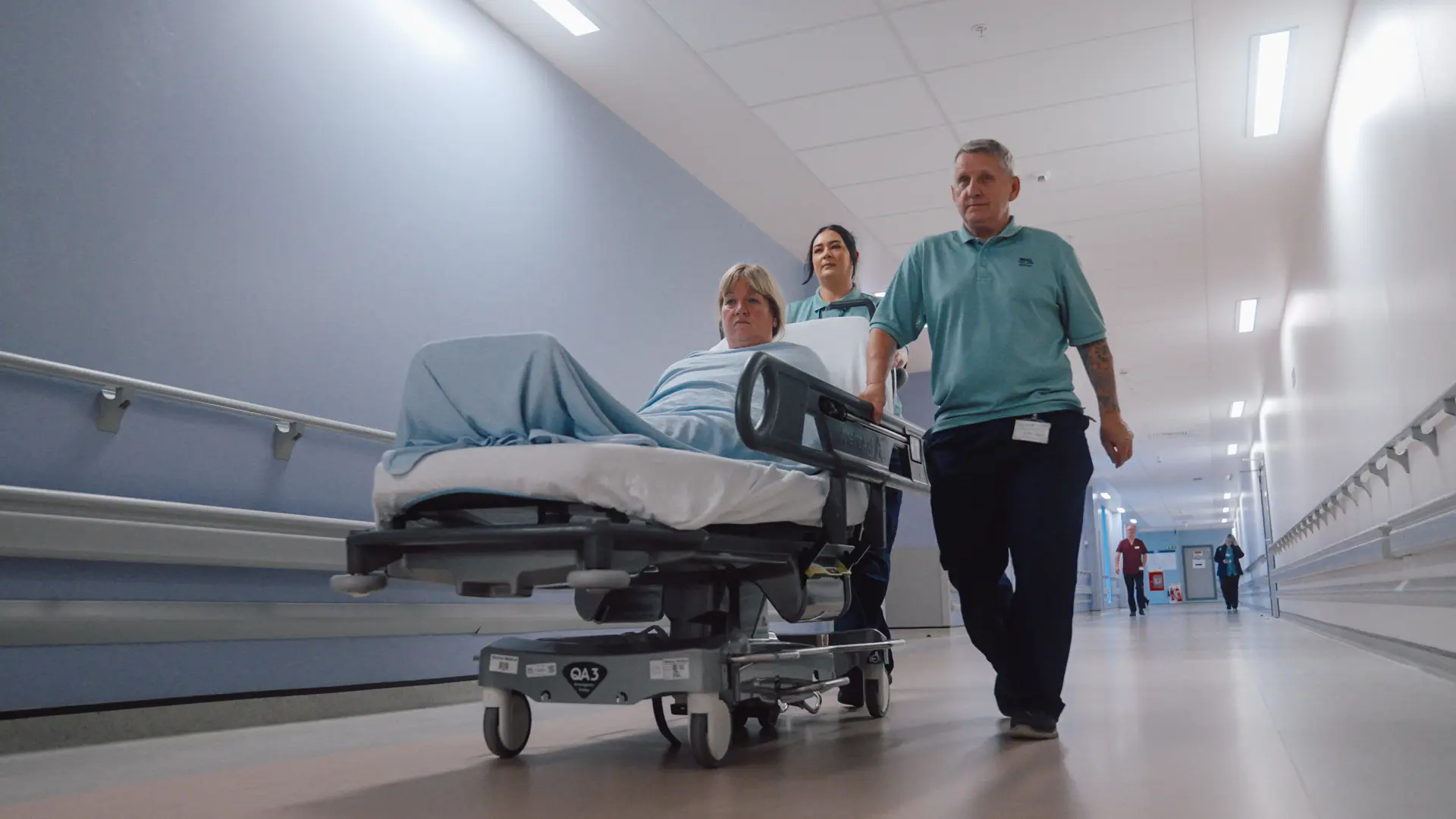Nordic partnership to minimise hospital admissions and ensure better treatment, starting in the ambulance
Following high praise from Norwegian ambulance crews, Bliksund and Systematic are introducing a proven solution to the Danish pre-hospital sector. With live streaming, access to specialists online, and real-time data sharing, patients can be treated safely and efficiently directly at the scene of the incident and throughout the journey to full recovery.
In 2024, when Denmark tenders for a new solution for its pre-hospital sector, Systematic and Norwegian Bliksund are ready with a strong contender: the pre-hospital patient record EWA (Emergency Worker Assistant). The pre-hospital unit handles injured and seriously ill patients from the emergency call until the patient is fully treated or received at a hospital. This Nordic solution will enhance collaboration between ambulances and hospitals with unique functionalities.
EWA connects Bliksund's specialised pre-hospital record with the two electronic medical records (EMR) systems used in Danish hospitals, one developed by Systematic. According to Henrik Jespersen, Group Senior Vice President in Systematic Healthcare, this is a natural collaboration that combines best practices from Norway with deep insights into the Danish healthcare system.
"Systematic's solutions currently form the backbone of the healthcare system in West Denmark, and with Bliksund, we can strengthen the patient journey and quality from the scene of the incident to treatment and discharge. The pre-hospital unit is an essential part of the cohesive patient journey. It is crucial that ambulance personnel can draw immediately on medical expertise and document and share the patient's status, experiences, and data with the emergency department, ensuring that the transition from ambulance to further treatment is as simple and precise as possible. This reduces the risk of errors and misunderstandings, significantly increasing patient safety," says Henrik Jespersen.
Video sharing from the scene and access to online specialists alleviate pressure on hospitals
EWA will not only improve the transition from ambulance to hospital. Experiences from Norway show that the solution makes it possible to treat more patients effectively at home or at the scene, minimising the number of hospital admissions and ultimately easing the pressure on emergency rooms and acute departments.
"When ambulance crews can consult specialists and receive patient data in real-time, they can provide a more precise and secure treatment on the spot," explains Henrik Jespersen, referring to the unprecedented functionalities of the pre-hospital solution.
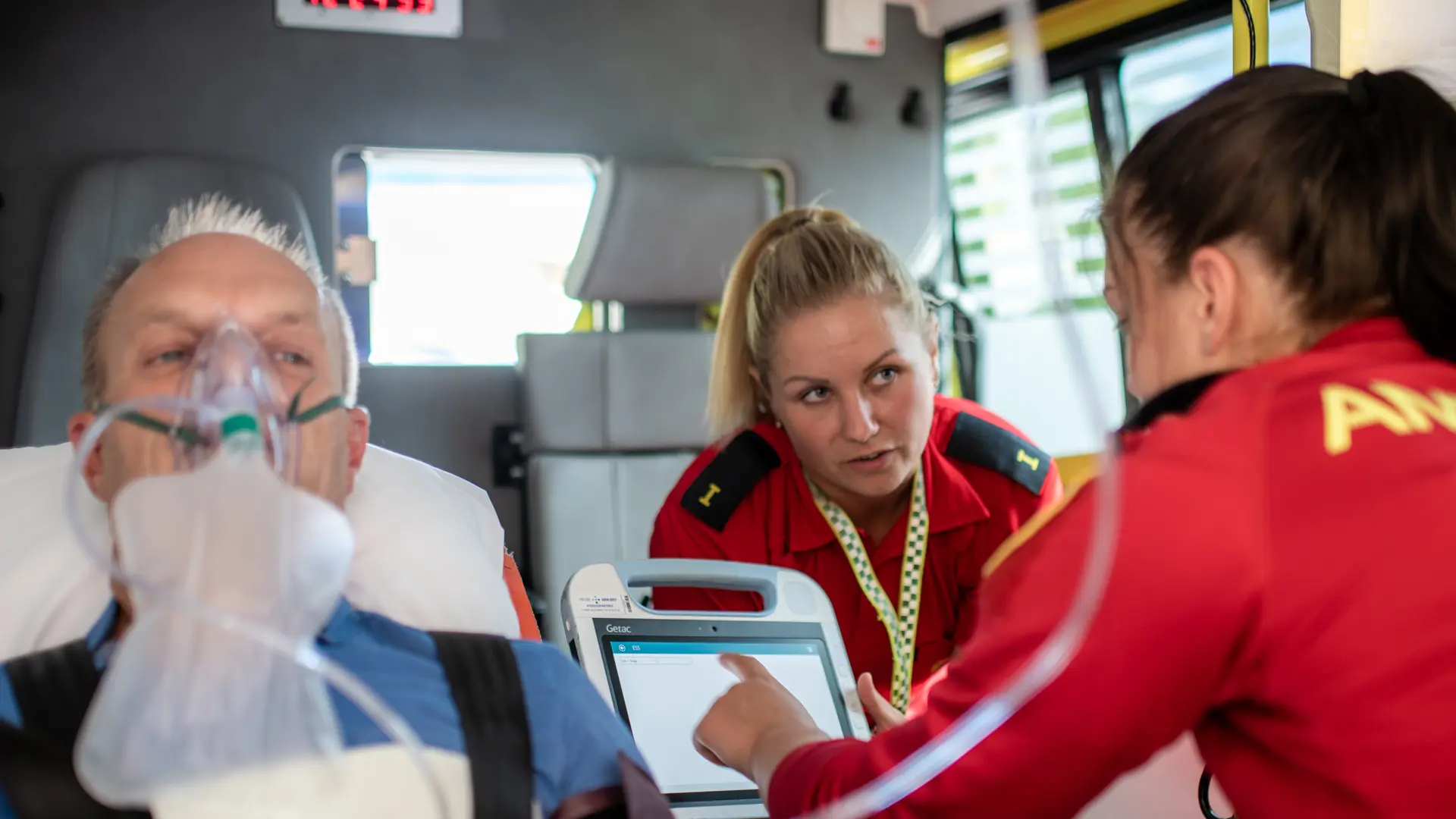
"As the first in the market, Bliksund offers video sharing, allowing rescuers to stream live from the scene to a medical specialist who can advise on treatment and determine whether the patient should be admitted or not. This avoids unnecessary pressure on the region's hospitals," says Mikkel Sørensen, Product Manager for EWA at Bliksund.
IT solution based on the daily lives of rescuers
Bliksund's solutions have been in operation in ambulances in all Norwegian regions since 2014, making it easy to share essential patient information.
"EWA receives relevant data directly from the ambulance's measuring instruments and shares them in real-time in the patient record, giving the emergency department a complete overview even before the patient arrives. Most of the information gathering is automated, minimising human errors and allowing rescuers to focus on the patient," explains Mikkel Sørensen.
Data sharing goes both ways so that ambulance crews can access the latest patient medical history. According to Mikkel Sørensen, this increases patient safety, as rescuers can treat the patient on a more informed basis.
"Several of my colleagues are former paramedics, so we know that information and technology can make a huge difference when facing a person in a critical situation. If you can see a patient's medical history in advance, it is easier to help and make the right decisions during an emergency call," he says.
Latest news and cases
We are happy to share what we do. You can find our latest news and customer cases here or browse through all of our healthcare news and cases by clicking the button below.

